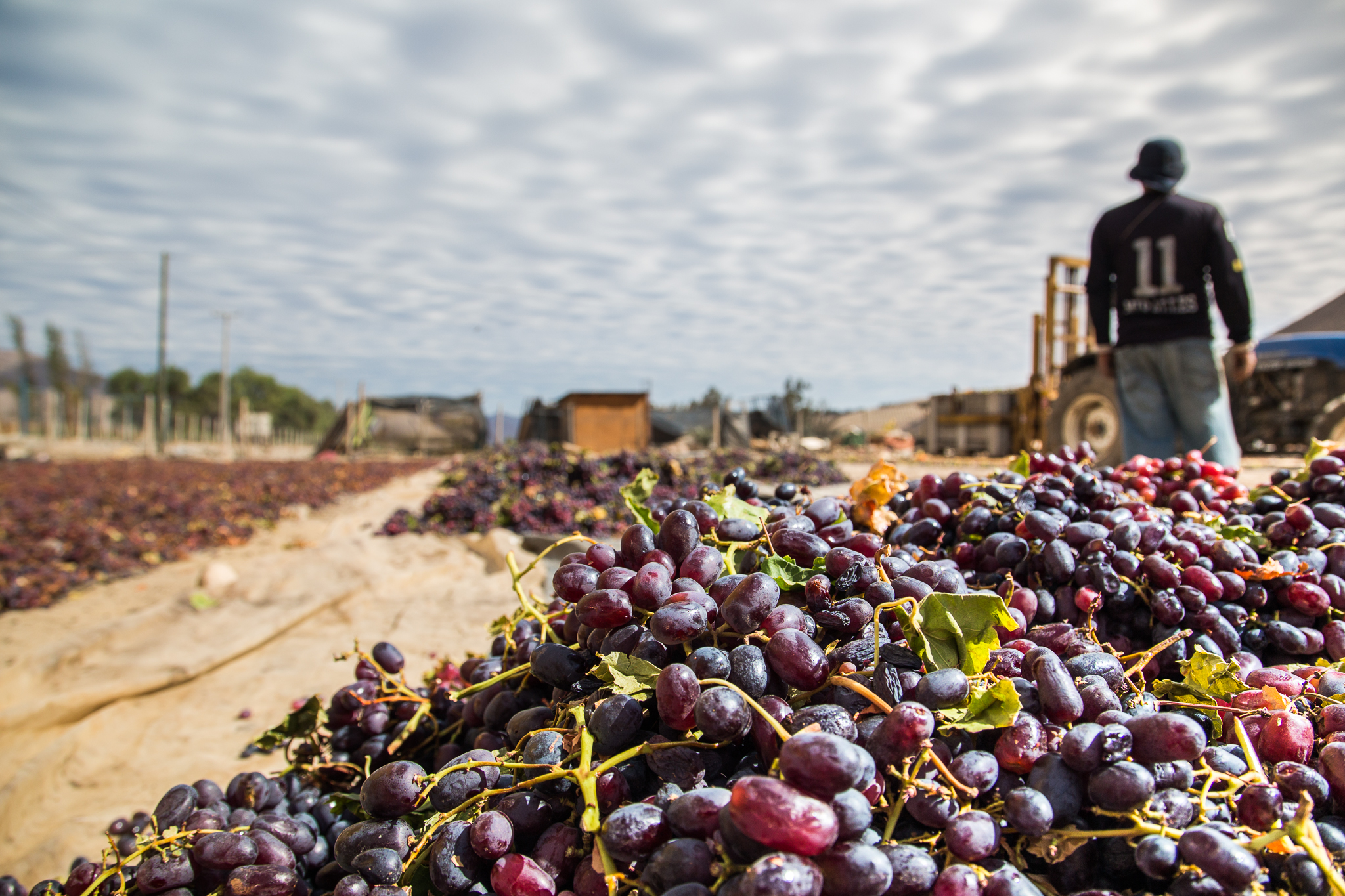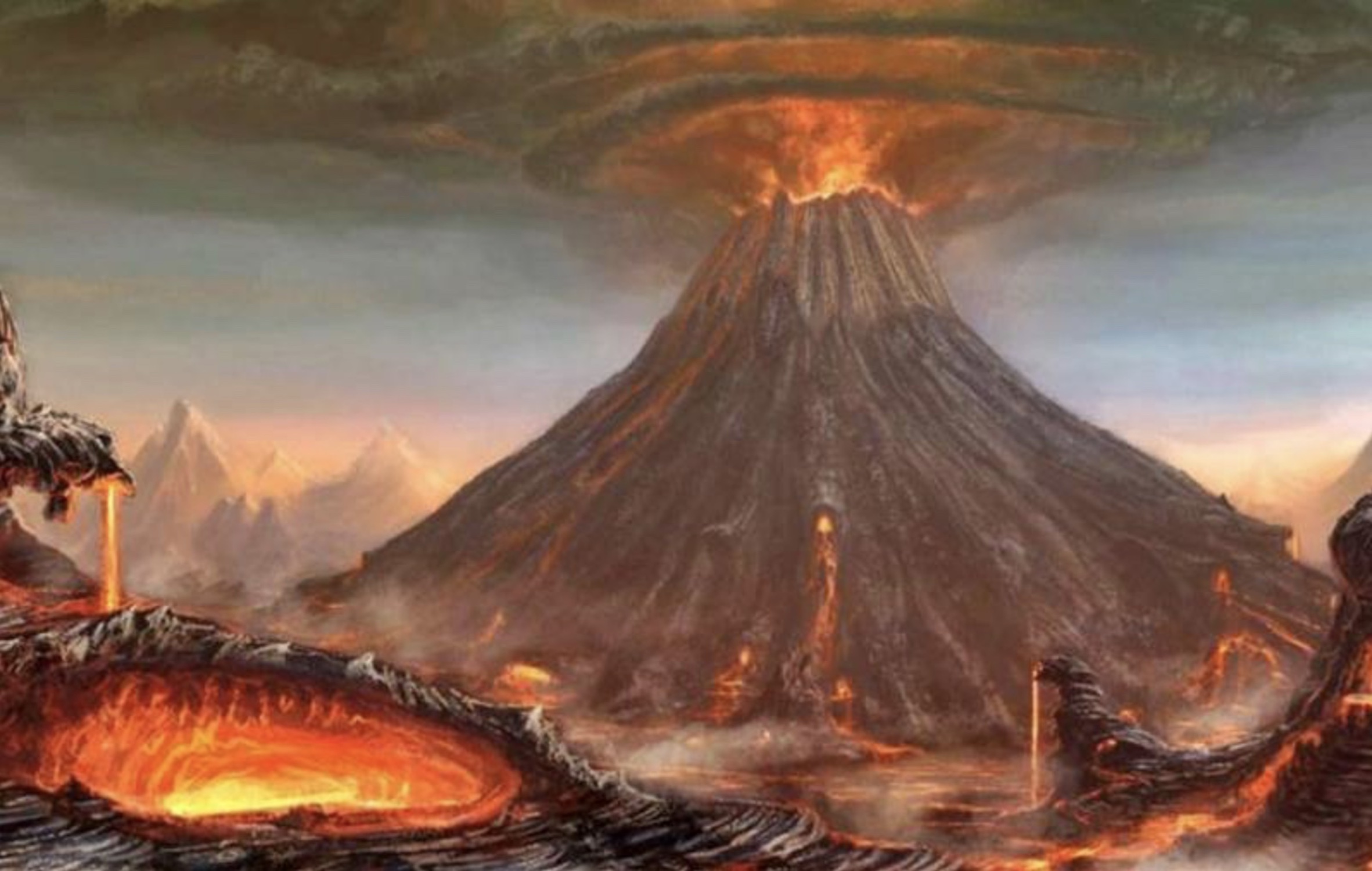From ancient Babilonian and Egyptian civilizations – carefully observing natural phenomena to develop early weather predictions – to the current medium range forecasts understanding future weather has been a key component in efforts to improve societal conditions for centuries. Today, efforts to make weather forecasting more accurate and timely continues to evolve with a new player entering the arena: Artificial Intelligence (AI).
In July 2023 a paper published in Nature announced the beginning of a revolution in weather forecasting. It showed how AI weather forecasting tools, developed by Huawei Cloud, could predict weather with more accuracy than the industry gold-standard weather simulation system – the High Resolution Forecast (HRES), produced by the European Centre for Medium-Range Weather Forecasts (ECMWF).
Traditional forecasting works by using Numerical Weather Prediction (NWP), whose starting point are physics equations that simulate atmospheric behavior through principles like fluid dynamics and thermodynamics. Using observational data from weather stations and satellites, including temperature and wind speed, these models then process the data with complex and time consuming calculations performed by supercomputers.
In contrast, deep learning ushers in a new era in weather forecasting by taking an entirely different approach to solving the problem. These AI generated weather forecasts use data instead of physical equations to create a weather forecast system.
“AI tools are statistical models: they recognize patterns in training data sets composed of decades of observational weather records and information gleaned from physical forecasting. Thus these models may notice that the weather setup of a certain day resembles similar events in the past and make a forecast based on that pattern,” explains the Scientific American in an article discussing the latest development in AI weather forecasting tools.
Reactions to the latest development in AI tools for weather forecasting have been mixed, with many experts recognising their efficacy whilst at the same time highlighting that their future role will be complementary to traditional tools rather than outright replacing them. Furthermore, a growing concern revolves around the potential shift in ownership of weather forecasting from the public to the private domain.
What has changed in weather forecasting?
In November 2023, Google’s DeepMind also revealed their own weather-forecasting AI tool, in a paper published in Science, which proved to be even more accurate than Huawei’s. “Predictions were more accurate than those of traditional weather models in 90% of tested cases and displayed better severe event prediction for tropical cyclones, atmospheric rivers, and extreme temperatures,” writes the paper’s editor Jesse Smith.
The American tech giant’s tool is called GraphCast, a state-of-the-art AI model that predicts weather conditions up to 10 days in advance more accurately and much faster than HRES, explains lead author of the study, Remi Lam, when writing on the Google DeepMind Blog.
“GraphCast uses decades worth of historical weather data to learn a model of the cause and effect relationships that govern how Earth’s weather evolves, from the present into the future,”continues Lam.
The tool is not only generating more accurate weather predictions but also requires a lot less computational power. Making 10-day forecasts with GraphCast takes less than a minute compared to the hours needed when using a conventional HRES approach, which uses a supercomputer with hundreds of machines.
“The importance of the work of DeepMind and others like it (such as the recent Pangu-Weather system designed by Chinese scientists) is that they demonstrate that you can achieve or even improve on the predictive forecasting of traditional models by using artificial intelligence,” says researcher Ignacio López Gómez when interviewed for the article. López also acknowledges that although AI models are expensive to train they are also able to perform weather forecasts much more efficiently once they are trained. “Instead of requiring supercomputers, AI-based predictions can even be done on personal computers within a reasonable amount of time.”
And GraphCast isn’t the only AI tool for weather prediction. Google DeepMind and Google Research have also developed a Nowcasting model that produces forecasts up to 90 minutes ahead, and MetNet-3, a regional weather forecasting model that is already being used in some parts of the US and Europe, produces more accurate 24-hour forecasts than any other system.
According to Scientific American, on top of Google, “NVIDIA and Huawei have both developed their own AI weather models. All are billed as having an accuracy that is comparable with or higher than that of the best non-AI forecasting computer models and have made a splash in meteorology,” reads the article.
These tools are a “reckoning moment” for weather prediction because they show that predictions can be made using historical data, says Aditya Grover, an assistant professor of computer science at UCLA, who developed ClimaX, a foundation model that allows researchers to do different tasks relating to modeling the Earth’s weather and climate, when talking to Technology Review.
The end of traditional weather forecasting?
The advent of these tools does not necessary signal the end of traditional weather forecasting. AI weather forecasting still relies on and works in unison with traditional tools. The Spanish daily newspaper El País discusses how AI is not a substitute for human ingenuity and “traditional weather forecasting methods developed over decades, rigorously tested in many real-world contexts.”
In fact, the role of the ECMWF’s collaboration on the GraphCast project, providing access to data and supporting them, highlights the collaborative nature between traditional and emerging forecasts.
The Scientific American claims that all weather forecasting experts they talked to see GraphCast and other AI models as additional tools in their kit. “If AI can produce accurate forecasts quickly and cheaply, there’s no reason not to begin using it together with existing methods. In fact, the ECMWF has been publishing GraphCast forecasts alongside those of other AI and experimental models on its website and is working on developing its own AI forecast model. Likewise, NOAA researchers have been assessing if and how to incorporate GraphCast into its ensemble forecasts.”
From public to private?
Another key issue highlighted in reactions to the latest developments in weather forecasting is that the scientific practice has, traditionally, always been a public good. Begging the question: with the entrance of large corporations as key actors in developing technology for forecasting what will change?
“This research was funded by Google DeepMind and Alphabet, and its Google-employed authors have filed a provisional patent application on its results. While that is expected and obvious, it marks a dramatic break with the history of weather prediction […] What it portends is a breakdown of the international order for weather that has held since the second world war,” reads the Financial Times.
A view that is echoed by Giulio Boccaletti, Scientific Director of the Euro-Mediterranean Center on Climate Change, when writing for Project Syndicate: “Earth-observing satellites and computation – is increasingly controlled by the private sector. The single largest owner of Earth-observing satellites is a company called Planet Labs. High-tech companies – from IBM and Nvidia to DeepMind and Huawei (whose employees wrote the July Nature paper) – are at the frontier of machine learning. With access to unparalleled capital and resources, these companies can easily outcompete most public research centers. Some can be quite philanthropic, but they ultimately have no obligation to deliver public goods or to worry about equitable access to their infrastructure.”
As scientists continue to make advancements in the digital revolution, AI will undoubtedly play a positive role in helping us decipher the complex interconnections that shape the world. However, “with the means of research firmly in private hands, policymakers will need to be vigilant to ensure that these new tools provide public goods, rather than just private benefits, and that the questions being asked of them produce answers that inform countries’ legitimate policy aims,” concludes Boccaletti.
What about climate change?
Furthermore, the rise of AI generated weather forecasting tools doesn’t necessarily translate into more accurate predictions on the future state of our planet’s climate. In a recent paper, entitled Harnessing AI and computing to advance climate modeling and prediction, published in Nature, of which Boccaletti was a contributing author, the issue of what an AI revolution in weather forecasting means for the more long term issue of climate change predictions is also addressed.
The paper highlights how weather forecasting and climate predictions differ fundamentally: “Weather forecasts are predictions of the first kind, aiming to predict future system states given initial conditions […] By contrast, climate predictions are predictions of the second kind, aiming to predict future climate statistics given evolving boundary conditions, such as greenhouse gas emissions.”
What is key is that although we are gradually improving weather forecasts, both through traditional numerical and machine learning models, this does not directly translate into improved climate predictions. That said, “some of the tools that led to progress in weather forecasting, such as data assimilation, can be adapted for climate models to learn from data, albeit with data consisting of climate statistics rather than weather states,” reads the paper.






